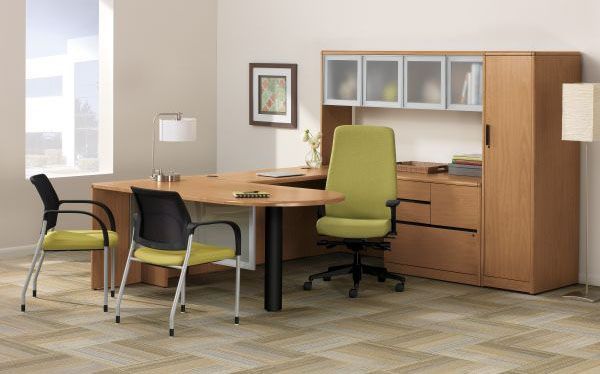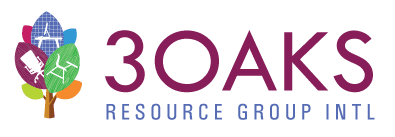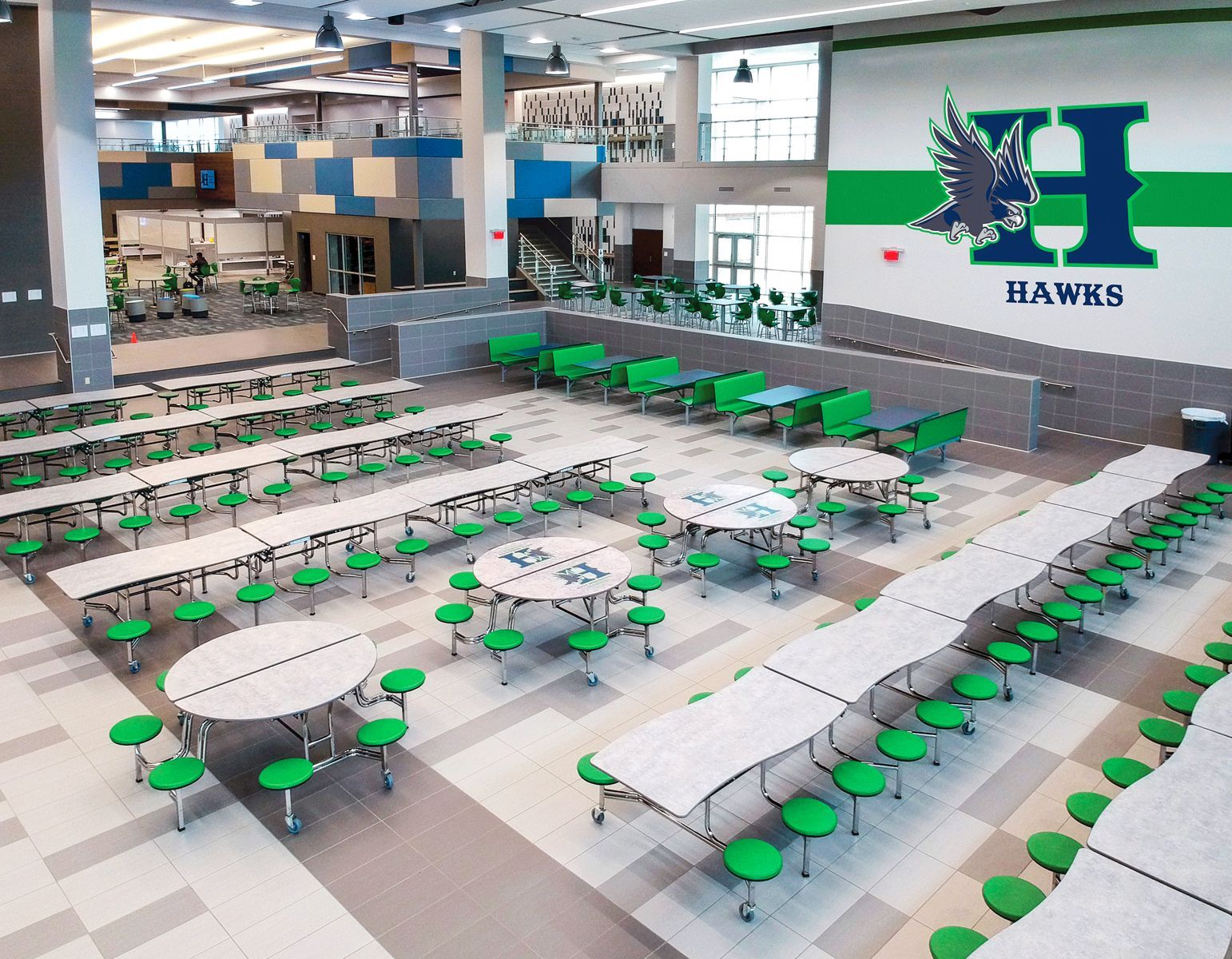Building a Greener Future: Sustainable School Designs for Earth Day and Beyond
As we celebrate Earth Day, it's crucial to reflect on how our built environment impacts the planet. Sustainable architecture plays a pivotal role in reducing our carbon footprint, and schools are no exception. The design and construction of educational facilities can significantly contribute to environmental conservation and student well-being. Let's explore some innovative sustainable school designs that are paving the way for a greener future.

Incorporating Renewable Energy
One of the key features of sustainable school designs is the integration of renewable energy sources. Solar panels, for example, can be installed on rooftops to harness the power of the sun.
According to the U.S. Department of Energy, a typical 100-kilowatt solar panel system can prevent approximately 100 tons of carbon dioxide emissions over its lifetime, equivalent to planting 2,390 trees.
Tom Smith, an architect specializing in sustainable design at GreenBuild Architects, emphasizes the importance of renewable energy integration: "Solar panels not only reduce the school's carbon footprint but also serve as an educational tool, teaching students about the benefits of clean energy."
Passive Design Strategies
Passive design strategies focus on maximizing natural light and ventilation to reduce the need for artificial lighting and mechanical cooling. This approach not only lowers energy consumption but also creates a more comfortable learning environment. Daylighting, for instance, has been shown to improve student performance and concentration.
According to a study by the Heschong Mahone Group, students in classrooms with the most daylighting progressed 20% faster in math and 26% faster in reading compared to those with the least daylighting.
Sarah Jones, a sustainability consultant at EcoBuild Solutions, highlights the impact of passive design: "By optimizing natural light and ventilation, schools can significantly reduce their energy bills and create healthier indoor environments for students and staff."
Green Roofs and Rainwater Harvesting
Green roofs, covered with vegetation, provide insulation, reduce urban heat island effects, and absorb rainwater. Rainwater harvesting systems can collect and store rainwater for non-potable uses such as irrigation and toilet flushing. These features help conserve water and mitigate the impact of heavy rainfall on stormwater systems.
According to the Green Roofs for Healthy Cities organization, green roofs can reduce stormwater runoff by up to 65% in summer and 25% in winter, thereby reducing the risk of flooding and erosion.
Mark Davis, a civil engineer specializing in sustainable water management at AquaScape Engineering, underscores the benefits of green roofs and rainwater harvesting: "These systems not only help schools save water and reduce runoff but also create habitats for local wildlife, enriching the learning environment."
Sustainable school designs are not only environmentally friendly but also promote student health, well-being, and academic performance. By incorporating renewable energy, passive design strategies, green roofs, and rainwater harvesting, schools can reduce their ecological footprint and inspire the next generation of environmental stewards. As we commemorate Earth Day, let's continue to advocate for sustainable practices in school construction and design, ensuring a greener future for all.



